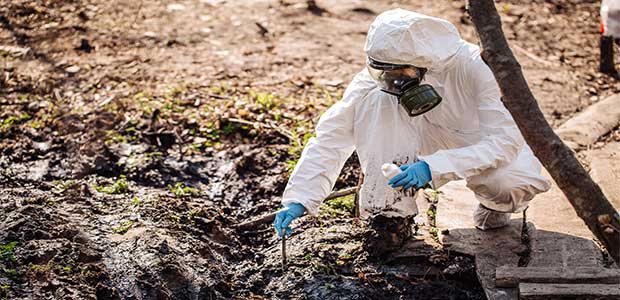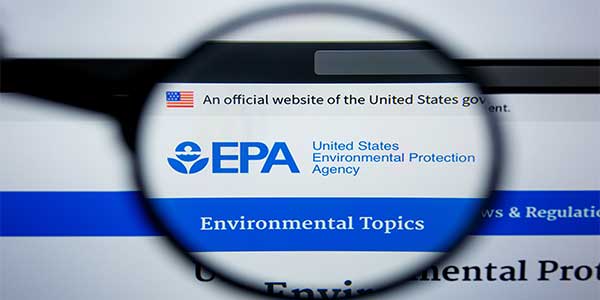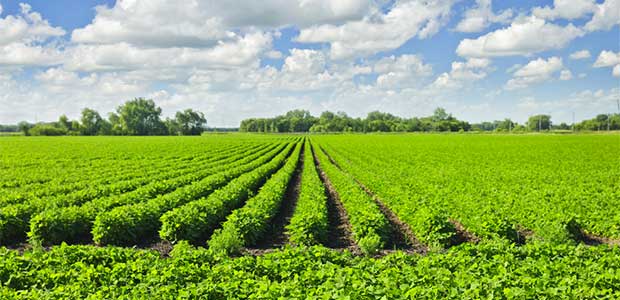
Former Secretary of State John Kerry has been appointed as the first ever Special Presidential Envoy on climate change.

The EPA awarded around $660,000 to Native American tribes in Virginia for the purpose of advancing environmental education.

The difference in daily life brought on by the coronavirus pandemic reduced nitrogen dioxide emissions by 20%.

A new study featured in the Scientific Report details the irreversible state of global warming.

The pandemic didn’t renew green spaces—it merely stressed the urgency of them.

The industry must reduce emissions and focus on sustainable solutions for the future instead of relying on fossil fuels to power vehicles.

Environmentalists in Norway are suing to prevent further oil drilling in the country on the grounds of a constitutional violation.

The country’s latest effort to become more environmentally conscious is to become completely carbon neutral by 2050.

The oil industry is continuing to make a positive impact, ensuring events like the Deepwater Horizon oil spill never happen again.

Lashing wire may have caused the devastating October Silverado Fire in southern California.

A new study by a German physicist communicates the large amount of unnatural light used at night across the globe.

The debris pile identified as Shingle Mountain has stood behind a Dallas neighborhood for two years.

A French media company discovered years of water pollution caused by the dairy company Lactalis.

The Lemberger Landfill and the Lemberger Transport & Recycling Superfund site in Whitelaw, Wisconsin has undergone five cleanup reviews since 1995.

The first attempt at cleanup of the Carbondale, Illinois site occurred between the years of 2004 and 2010.

The site in Woburn, Massachusetts was deemed environmentally healthy on October 5.

Making repairs, finding a reputable recycling company, donating older products and cutting down on purchases are just a few ways businesses can manage their e-waste problem.

Due to the growing number of sustainable packaging solutions on the market, it's much easier now than it once was to find suitable materials.

Keeping up with hazardous waste management regulations such as the RCRA may seem like a complex task.

To better understand the little-discussed world of agribusiness, we'll need to examine how agribusiness drives American agriculture and affects farming on a global level.